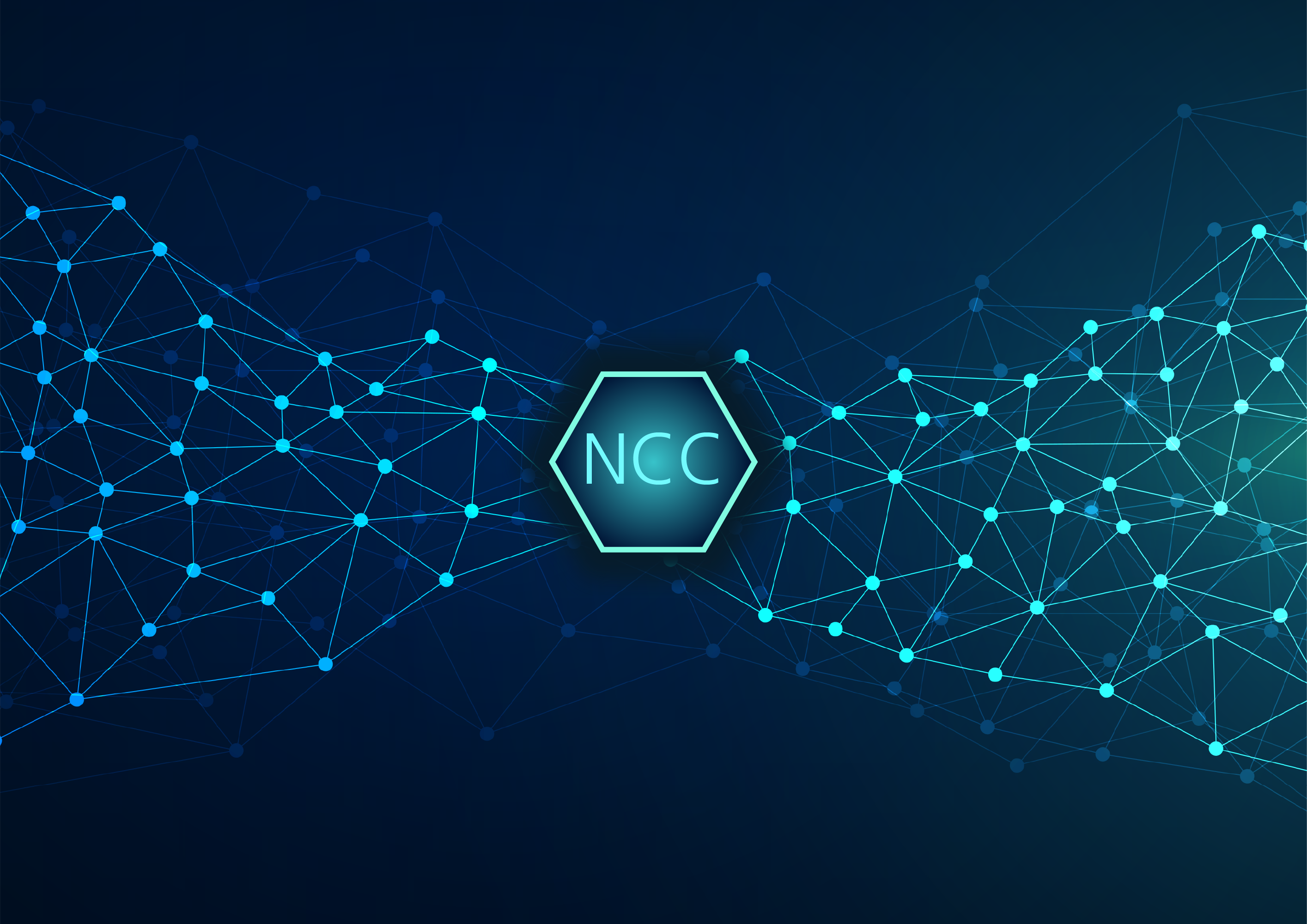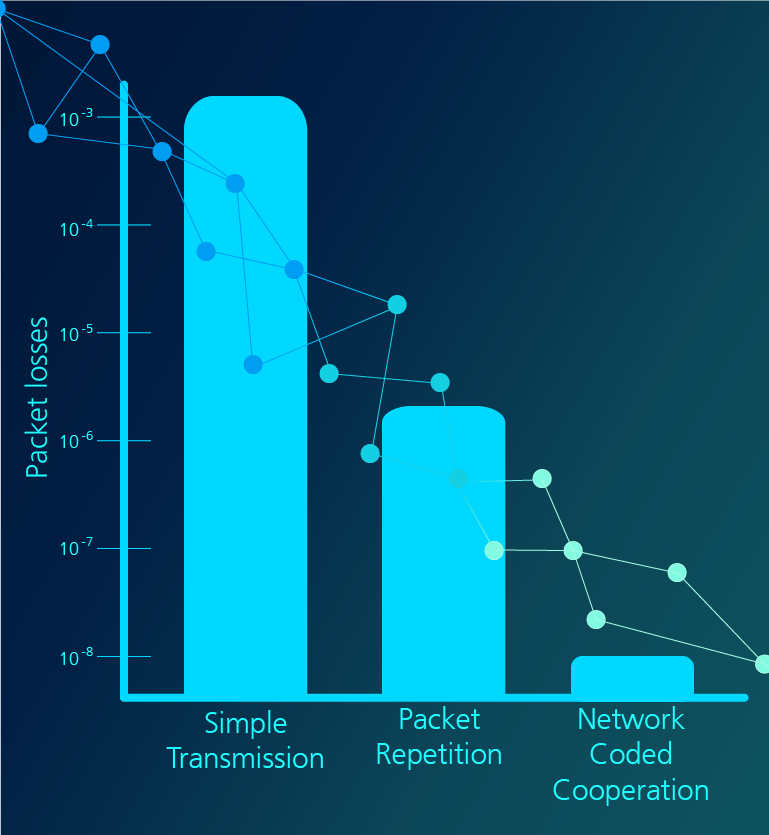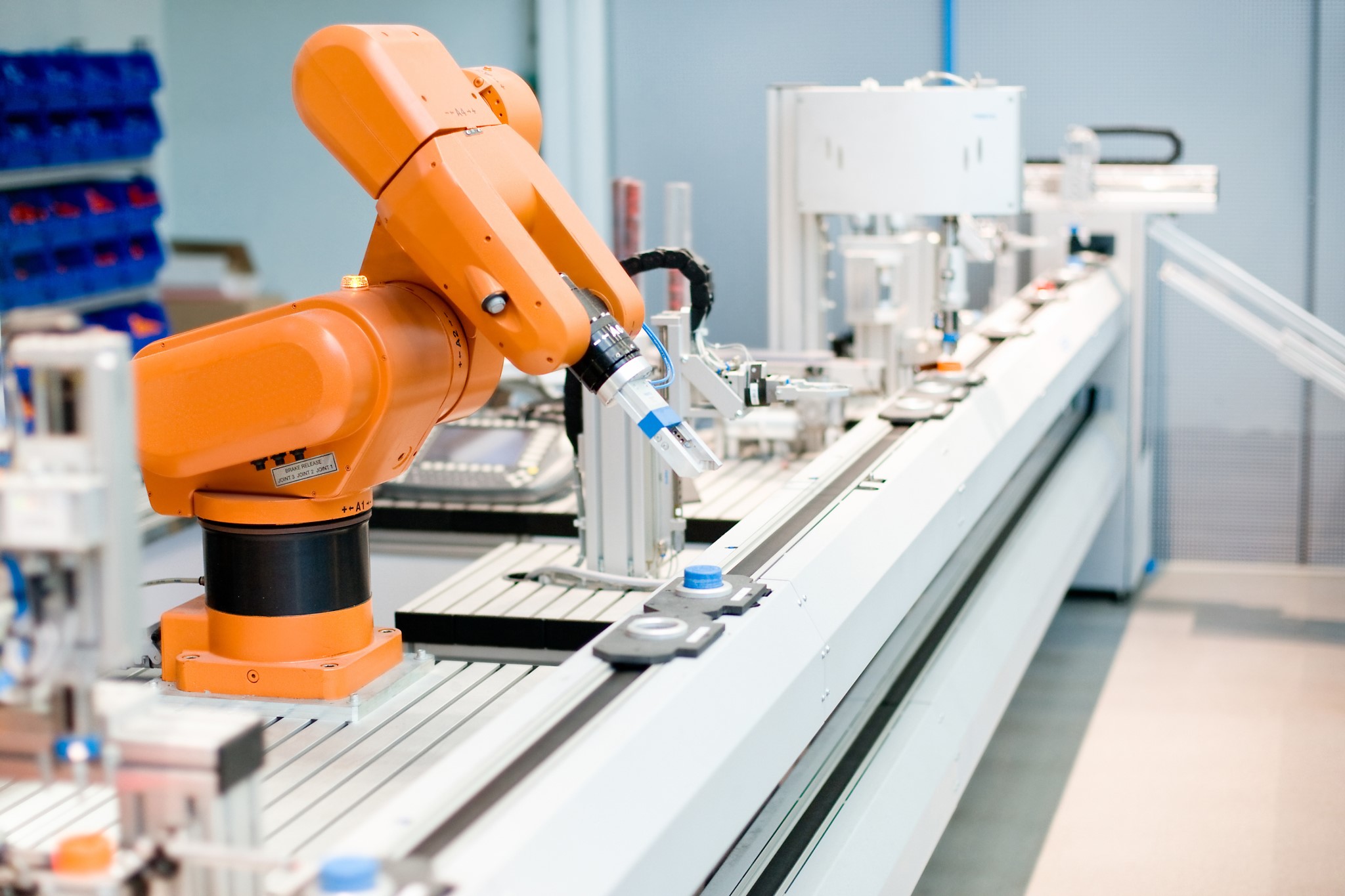Whether Industry 4.0, smart flow of goods or networked mobility: Digitization requires a lot of communication in networked systems, especially wirelessly networked, embedded, electronic systems - wherever mobility, flexibility or retrofitting in an existing environment are requirements.
At the application level, the requirements for the level of detail in digitization and for data quality continue to grow. Data-driven approaches such as learning systems or AI are also dependent on huge amounts of data. As a result, more and more data is generated that, in wireless systems, has to be transmitted over a shared radio resource.
Talk to our experts about the possibilities of improving your radio system through coding processes.





